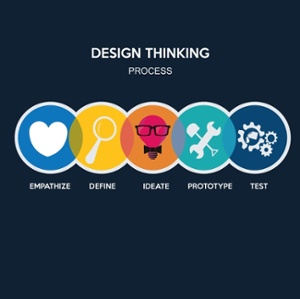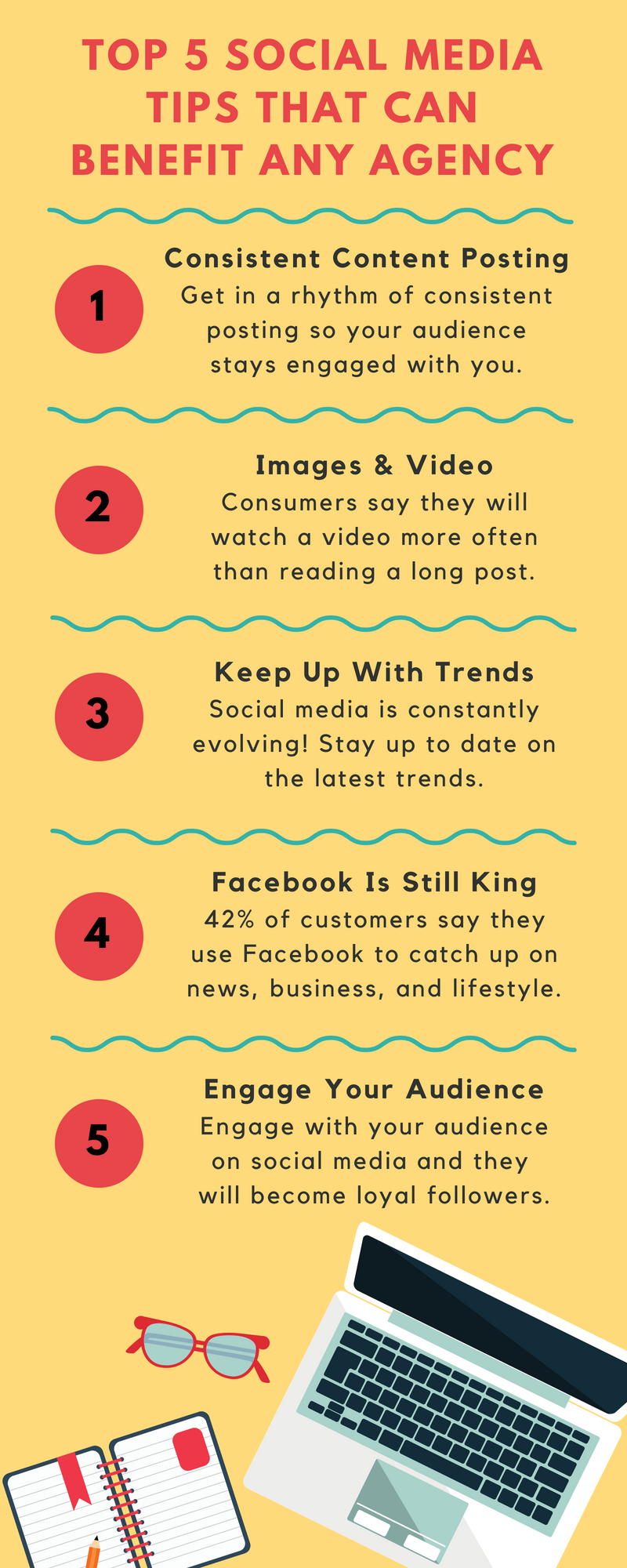
by admin | Aug 16, 2018 | Health & Wellness, Human Resources, Workplace
 We are currently living in a low-trust society as a whole — we keep hearing that news is fake, science is fake, and so on. That makes it hard for us to trust anyone and is why we need to work on building trust in the workplace more than ever. Human resources professionals and business leaders have an imperative to instill a culture of trust — not just because it is key to employee engagement, satisfaction, and performance, but also because it’s just the most human thing to do.
We are currently living in a low-trust society as a whole — we keep hearing that news is fake, science is fake, and so on. That makes it hard for us to trust anyone and is why we need to work on building trust in the workplace more than ever. Human resources professionals and business leaders have an imperative to instill a culture of trust — not just because it is key to employee engagement, satisfaction, and performance, but also because it’s just the most human thing to do.
When you look at the foundations of trust, they are simple: People want to trust that they are going to be treated with respect, that their leaders are credible, and what they do matters. They want to know that they are secure.
There are three building blocks of trust: protection, presence, and progress. I call them my “Three Ps.”
Protection
Feeling protected is a foundational need. To earn the trust of someone else, you need to provide this protection. Your employees want to feel that the organization and their bosses are looking out for them, and that they genuinely care. Underlying the protection we all need and desire are “BLT” (just like the comforting feeling of the classic BLT sandwich): balance, love, and truth. When people feel protected, they are going to demonstrate kindness, loyalty, courage, and generosity.
When you don’t instill a sense of protection, it will stifle innovation and slow down the organization.
Presence
Presence is simple. It’s literally being present in all your interactions — meetings, one-on-one discussions, and interviews. We talk a lot about mindfulness these days, but it extends beyond the personal to the relational. Today, it feels like no one is ever present — we are all tuned in to our devices all the time. So turn off your computer, phone, tablet, watch, etc. when someone comes into your office, stay focused in conversations, and don’t bring your devices to meetings. Put your attention into what you value. Enjoy the present moment and truly experience it.
Lack of presence sends a message of lack of trust.
Progress
As humans, we constantly make progress, minute by minute. We want to know that we are moving in the right direction. How are we helping our employees make progress? Are we focused on helping them move ahead? Supporting your employees’ efforts and making progress is vital to helping them feel that you care about them fundamentally.
I have a personal philosophy of growth and recommend setting weekly growth plans. I pick one personal topic, like last week was protein, and I investigate to understand it. I also pick one work topic, like running better meetings and investigate that for the week. It’s not complicated — just pick a topic and spend the week growing at it.
Ask the Right Questions
Communicating needs is important, but it takes trust to do that. One way to develop the three Ps of trust is by asking the right questions, then really listening to the answers and acting on them. It shows you care and that you want to help people not feel like they are stranded or drowning. It tells your staff it’s safe to say that they are overwhelmed or hung up somewhere, or they don’t have the answers.
Questions for one-on-ones can include:
Protection
- How is life?
- Do you have any decisions you are hung up on?
- Am I giving you the resources or information you need to do your job?
- Do you have too much on your plate?
Presence
- What are you worried about right now?
- What rumors are you hearing?
- Would you like more or less direction from me?
Progress
- If you could pick one accomplishment to be proud of between right now and next year, what would it be?
- What are the biggest time-wasters you encounter?
- What type and amount of feedback works best for you?
by Dan Riordan
Originally posted on thinkhr.com

by admin | Aug 14, 2018 | Benefit Management, Human Resources, Workplace
 “Design thinking” is a fairly common term. Even if the phrase is new to you, it’s reasonably easy to intuit how it works: design thinking is a process for creative problem solving, utilizing creative tools like empathy and experimentation, often with a strong visual component. The term dates from 1968 and was first used in The Sciences of The Artificial, a text written by Nobel Laureate Herbert Simon.
“Design thinking” is a fairly common term. Even if the phrase is new to you, it’s reasonably easy to intuit how it works: design thinking is a process for creative problem solving, utilizing creative tools like empathy and experimentation, often with a strong visual component. The term dates from 1968 and was first used in The Sciences of The Artificial, a text written by Nobel Laureate Herbert Simon.
For Simon, design thinking involved seven components, but today it’s usually distilled to five: empathize, define, ideate, prototype, test. In this way, creative tools are employed to serve individuals in a group, with a solution-driven focus. It’s important to note that these components are not necessarily sequential. Rather, they are specific modes, each with specific tools that contribute equally to solving an issue.
Most significantly, as Steve Boese of HR Executive noted in a recent column, design thinking is a rising trend in HR leadership. “Those using this strategy,” he says, “challenge existing assumptions and approaches to solving a problem, and ask questions to identify alternative solutions that might not be readily apparent.”Design thinking helps teams make decisions that include employees in meaningful ways, personalize target metrics, work outside the box, and produce concrete solutions. Even teams with established, productive structures use design thinking in the review process, or to test out expanded options.
Boese says that the key shift design thinking offers any team is the opportunity to troubleshoot solutions before they’re put into real-time practice. The main goal of design thinking is not process completion, low error rates, or output reports, as with other forms of HR technology, but employee satisfaction and engagement. More often than not, this leads to increased morale and even more opportunities for success.
by Bill Olson
Originally posted on ubabenefits.com

by admin | Aug 9, 2018 | Human Resources, Workplace
 Incidences of workplace violence are becoming more common and are all over the news. It’s not just high-profile headline cases that are a concern—it’s happening on a smaller scale in all kinds of businesses. Threats to workplaces can take many forms, from cyberbullying and workplace harassment to physical altercations and targeted violence.
Incidences of workplace violence are becoming more common and are all over the news. It’s not just high-profile headline cases that are a concern—it’s happening on a smaller scale in all kinds of businesses. Threats to workplaces can take many forms, from cyberbullying and workplace harassment to physical altercations and targeted violence.
The Occupational Safety and Health Administration (OSHA) estimates that every year nearly 2 million U.S. workers are victims of workplace violence, with a total economic cost of more than $55 billion. According to the most recent National Census of Fatal Occupational Injuries, violence in the workplace increased 23 percent between 2015 and 2016 to become the second-most common category of workplace fatalities, behind transportation incidents.
Assessing elements of risk that may trigger violence, along with developing a prevention plan, is critical.
While a bill has been recently introduced in Congress relating to workplace violence in the healthcare industry, and some states address workplace violence in their safety regulations, there are no specific OSHA standards for workplace violence at the federal level outside of the OSHA General Duty Clause. This clause requires employers to provide their employees with a place of employment that is “free from recognized hazards that are causing or are likely to cause death or serious harm.”
If your clients experience acts of workplace violence or become aware of threats, intimidation, or other indicators suggesting that the potential for violence in the workplace exists, OSHA and state programs would expect them to implement a workplace violence prevention program combined with controls and training.
The good news is, you can help arm your clients with strategies for reducing the risk of workplace violence this summer.
Prevention is key
Assessing elements of risk that may trigger violence, along with developing a prevention plan, is critical. This starts with a complete evaluation of the organization’s strengths, weaknesses, opportunities, and threats as they relate to the types of risks the organization might face. A review of the company’s strategic objectives and deliverables, the resources available to employees to accomplish these deliverables, and the physical layout of the facility are important elements to include in this evaluation.
Workplace violence preparation and prevention strategies
Hire right. Your clients’ businesses may be at risk due to the actions of their employees. Advise them to make good hiring decisions by clearly defining job requirements and thoroughly evaluating applicants. They should look carefully at resumes and job applications, probe gaps in applicants’ work histories, and verify education and work experience. Encourage them to conduct reference and background checks and be consistent with all applicants throughout the hiring process. That way, they can potentially avoid bad hires or negligent hiring claims.
Set clear expectations. When employees know what is expected of them, including behaviors important to the organization and performance standards, and those expectations are consistently enforced, they may experience less work-related stress and anxiety that can lead to hostility and violent outbursts.
Nurture an inclusive company culture. Studies show that in companies where employees feel like they are a part of the business and understand how their work contributes to the organization’s success, employees are more engaged and have more trust in their leaders and co-workers. Encourage your clients to focus on an inclusive culture built on strong values and it might result in fewer accidents, less absenteeism, and reduced risk for EPLI claims or workplace violence incidents.
Establish emergency preparedness plans. Advise your clients to develop emergency plans covering human-caused emergencies such as crime and violence, as well as hazards caused by natural disasters, outbreaks of disease, and accidents.
Establish safe reporting systems. Recommend that clients establish more than one method for employees to report any type of threat or issue that makes them feel unsafe in the workplace. These systems should include clear communication to employees that everyone is responsible for workplace safety, and there will be no retaliation for reporting safety concerns.
Provide workplace wellness programs. Some safety experts suggest that companies that demonstrate their commitment to their employees’ wellbeing through comprehensive wellness programs may reduce the risk of workplace violence. The rationale is that these programs help to defuse employee stress, anxiety, and unhealthy personal behaviors that can lead to violence.
Train, train, train. Every member of the team should be trained to know what to do in each type of emergency. In the case of workplace violence prevention, encourage your clients to train employees who have contact with the public about how to defuse potentially violent situations and protect themselves. Designate management team members to receive additional training to recognize the signs of employee distress — such as physical exhaustion, missing work commitments, more time out of the office, violent outbursts, isolating themselves from co-workers, or talking about hurting themselves or others — with the proper procedures for handling those situations. Well-trained team members who react quickly can save lives.
With the proper planning, systems, communications, and training, your clients can be better prepared to prevent or lessen the threats of workplace violence.
Originally published by www.thinkhr.com

by admin | Aug 1, 2018 | Hot Topics, Workplace
The world is connected nowadays through our screens. Whether it be email, texting, websites, FaceTime, or social media; we all use technology to connect us to others.

by admin | Jul 24, 2018 | Human Resources, Workplace
It’s a dilemma. On the one hand, today’s buzzing, multifaceted working environments challenge employees more than ever before. On the other, these same working environments are often also overwhelming and stressful. Sometimes it seems like success means mania—but this doesn’t have to be the case. More and more frequently, experts urge offices to focus not on performance but on growth.
Performance cultures create “winners” and “losers,” with no ground in-between. In contrast, says The Harvard Business Review, growth cultures help workers build capacity through working as a team, acknowledging shortcomings instead of acting them out, and conserving energy to create external value.This approach, based on the work of Robert Kegan and Lisa Lahey, focuses on safe environments, top-down vulnerability, continuous learning, manageable experiments, and continuous feedback. In such offices, failures are not met with immediate punishment but seen as opportunities for growth.
Implementing these ideas takes time and patience, but in the end, they can lead to unprecedented success and ever-broader horizons.
Find out more:
Forbes: Five Reasons Why Balanced Teams Are Important
Inc: Five Unspoken Rules That Lead to a Toxic Culture
By Bill Olson
Originally posted on UBABenefits.com

by admin | Jul 11, 2018 | Human Resources, Workplace
 More and more, we are learning that scientists, marketers, programmers, and other kinds of knowledge workers lead office lives very similar to famous innovators like Watson, Crick, and Franklin, who discovered the structure of DNA. How so? All of these people live work lives structured around progress in meaningful work. And when this progress occurs, it boosts emotions, perceptions, and productivity.
More and more, we are learning that scientists, marketers, programmers, and other kinds of knowledge workers lead office lives very similar to famous innovators like Watson, Crick, and Franklin, who discovered the structure of DNA. How so? All of these people live work lives structured around progress in meaningful work. And when this progress occurs, it boosts emotions, perceptions, and productivity.
This could be an important key to supporting your employees at their desks, wherever those may be. While recognition, tangible incentives, and goals are important, leading managers must also consider nourishing progress through attention to inner work life, minor milestones, and appropriate modeling.
When progress is effectively monitored and encouraged, it can lead to a self-sustaining progress loop, which often results in increased success and productivity, especially toward larger, group-based goals. In other words, when managers support inner work life and recognize minor progress, it leads to major accomplishments.
Seeing employees as growing, positive individuals with a drive to experiment and learn, as opposed to mere means to an end goal, can make all the difference in an office, and over the years. One way to do this effectively is to incorporate humility into your leadership style. This doesn’t imply that you have low self-confidence or are yourself servile. Rather, it says you prioritize the autonomy of your office and support your employees to think responsibly for themselves. Ask them what their daily work lives are like, and how you can help them maximize effectiveness. Create low-risk opportunities for growth, and most importantly: follow through.
Read More:
“Leading through emotions”
“Leading with emotional intelligence”
by Bill Olson, VP, Marketing & Communications at United Benefit Advisors
Originally posted on blog.ubabenefits.com

 We are currently living in a low-trust society as a whole — we keep hearing that news is fake, science is fake, and so on. That makes it hard for us to trust anyone and is why we need to work on building trust in the workplace more than ever. Human resources professionals and business leaders have an imperative to instill a culture of trust — not just because it is key to employee engagement, satisfaction, and performance, but also because it’s just the most human thing to do.
We are currently living in a low-trust society as a whole — we keep hearing that news is fake, science is fake, and so on. That makes it hard for us to trust anyone and is why we need to work on building trust in the workplace more than ever. Human resources professionals and business leaders have an imperative to instill a culture of trust — not just because it is key to employee engagement, satisfaction, and performance, but also because it’s just the most human thing to do.



